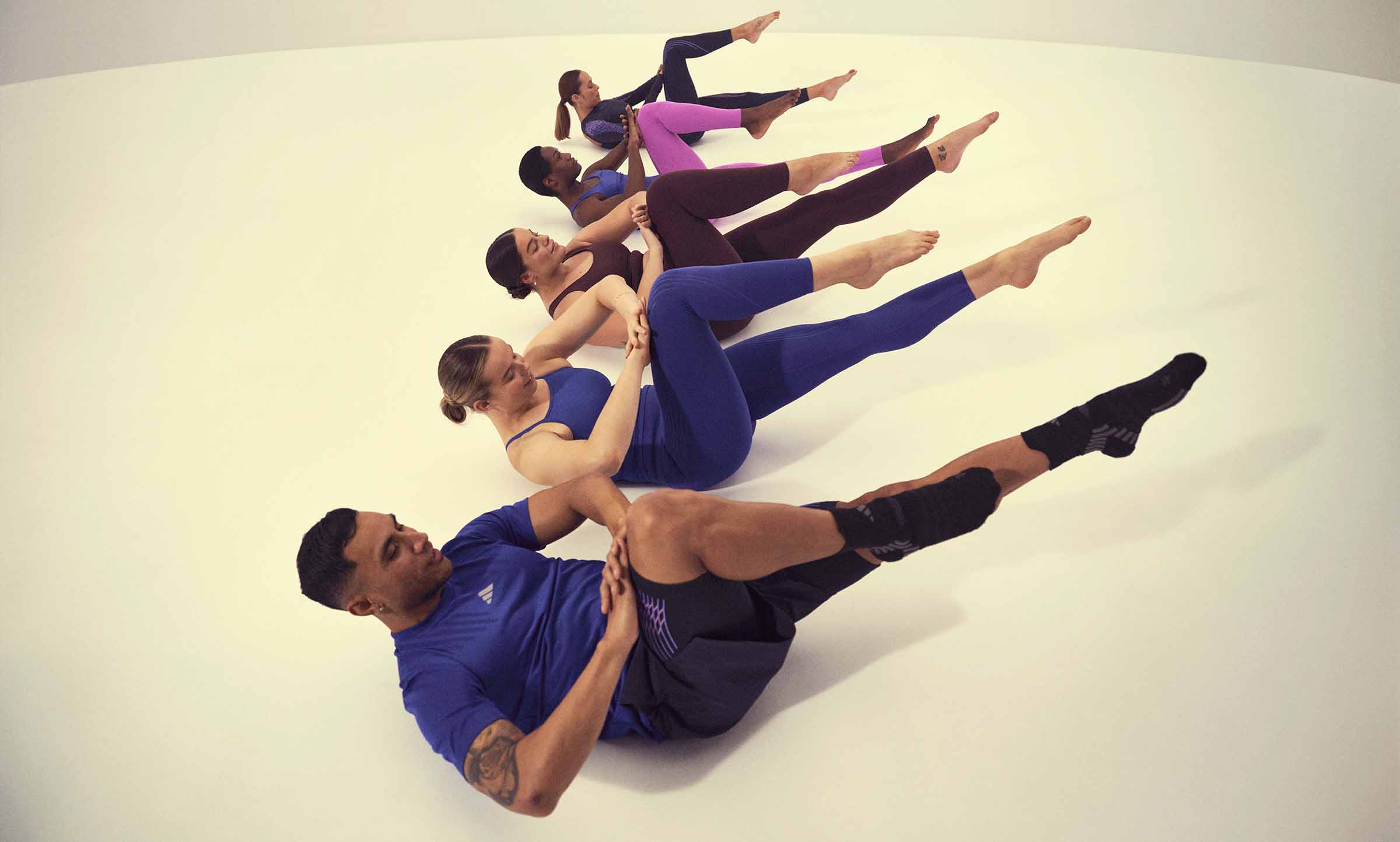
As consumers take an increasingly holistic approach to their health, one buzzword has been impossible to ignore: wellness. Eager to explore how mental and physical health can support one another, exercisers are placing increasing importance on the notion of wellness. The Global Wellness Institute values the wellness economy at a whopping $6.3 trillion – having grown over 28% since 2019 – and physical activity currently contributes to a hefty $1 trillion of that figure.
Many have dipped their toes in, exploring the myriad options available. But in the past year, exercisers have joined the dots to find their groove with the power of wellness in the fitness space. That’s the overwhelming message being shared in 2024 fitness ‘wrapped’ data and the latest industry reports. So what does that mean for operators? And how can they harness the findings to deliver irresistible member experiences that show they understand their motivations - and tap into the mammoth wellness economy spend? Let’s dig into the latest global findings.
HONESTY RESET
The Health and Fitness Association (formerly IHRSA) revealed the size of the opportunity for operators in its recent 2025 Fitness Resolutions report. It found nearly 96 million US adults plan to prioritize health and fitness in 2025, with 42% motivated to improve their mental health through physical activity. Of those prioritizing exercise, establishing a regular exercise routine was top of mind for 44%, highlighting the value of habitual behavior to improve wellness and fitness.
But getting started can be tricky and exercisers were frank about what’s holding them back. Barriers to achieving their goals included staying motivated (40%) and time constraints (38%). These answers highlight the importance of having honest, targeted, and ongoing conversations with your members about optimizing their available time – and how your facility can support them. For guidance on how to start conversations with members around goal setting and time available, check out our updated SMART START Guide. And to support members with exercise adherence, dig into new research from Iowa State University and the Les Mills Lab, revealing the two simple steps that can set them on the right track and boost workout frequency by 200%

MORE POWER TO PILATES
Data from booking platform ClassPass reported a 51% rise in fitness bookings last year. The top 10 most booked classes feature all the hits operators might expect to see, with yoga and strength training taking second and third spots respectively. Yet holding strong as the most-booked class for the second year running was Pilates. The workout perfectly aligns with the demand for long-term health and balance, and far from being fatigued with this social media staple, consumers’ thirst for Pilates has yet to be quenched.
The ClassPass stats show Pilates’ potential to become a mainstay member workout, with strong consistent growth in the past two years. Not only was it the most booked workout of 2024, bookings were up 84% on 2023 – no mean feat for a program that already jumped 92% from 2022. But what makes Pilates so timely? The roots of Joseph Pilates’ original workout are anchored in addressing the bad habits of modern life. He set out to create a program to improve bad posture and introduce mindful breathing – aims as relevant today as they were then. ClassPass stats also reveal that bookings for low-impact training grew by 109% last year, signaling appetite is unabating for movement that offsets the high-impact exertion of strength gains.
THE GEN Z PICTURE
While longevity and healthy living contribute to the wellness picture for many exercisers, Gen Z are drawn to the addictive social bonds that workouts can offer. Many are rejecting the recreational interests of their parents, instead finding community and new friendships at their local club. The Unidays Health and Fitness report for Q1 2025 shows strong demand for more social activities. The report found 36% of Gen Z go to the gym, with 27% taking part in a studio workout twice a week.
But finding the confidence to form friendships at the gym isn’t easy for all of Gen Z, with 40% of this cohort currently working out at home. Of those who do, 32% are too anxious to go to the gym. Nurturing this untapped market requires an intimate understanding of the challenges they face. But for fitness brands that lean in and meet the nuanced needs of this cohort, the opportunities are endless.

For a generation of digital natives, it makes sense to use your social media channels as a shop window to showcase your club’s culture and break down barriers to entry. Bitesized content that showcases your studio, what to expect when new members join, and introducing key staff demystifies your facility, while allowing Gen Z – and all newcomers – to imagine themselves there.
When it comes to how you capture their attention, lo-fi, authentic content from fellow Gen Z’ers is the way forward. Unidays found that 91% of Gen Z are influenced by review videos from their peers or creators, and 85% are influenced by their local gyms.
READY TO UNLEASH YOUR NEXT GENERATION OF MEMBERS?
Les Mills has crafted a new series of programs to meet the specific demands of Gen Z and put your club in the fast-lane for growth.
DISCOVER MOREOMNIFITNESS IS A LOYALTY DRIVER
Modern exercisers want to support their wellness goals with flexible options for working out. Choice is key, and employee wellness platform Wellhub’s 2024 Trends Report has shown that omnifitness solutions have powerful potential to drive retention.
Data from Wellhub showed employees who used both digital and in-person wellness options checked in twice as often (on average 18 check-ins per month) as those who used in-person options only (average nine check-ins) or only used digital (average eight check-ins).
Andy Haugen, CEO of US multi-site operator Princeton Club, says getting behind members means supporting them wherever they choose to work out. “As fitness providers, we have to cheer for healthy members, not cheer for them to work out a certain way. Whatever way we can cheer for you to do that, we're going to do it, even if it's outside the club. We have incredible Instructor-led programming within our clubs, Video On Demand classes in our studios, and at-home options for members, to really encompass a 360-degree offering.”
The diverse range of fitness workouts employees chose shows intensity and rejuvenation continue to live alongside one another. Wellhub reports that strength training, yoga and combat workouts were the most popular fitness activities, experiencing the most check-ins. These three workouts were also the top three entry-level activities for users, showcasing the breadth of choice new movers require when starting a new routine.
GIVE YOUR CLUB THE EDGE
As the world’s first Omnifitness app, LES MILLS+ bridges the gap between digital and live workouts by signposting users towards your club.
FIND OUT MORE
